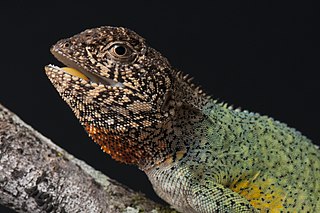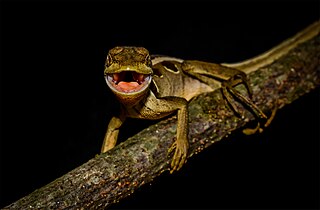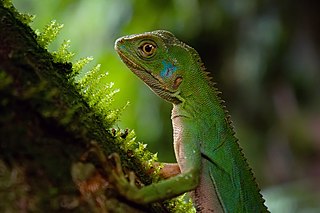In Greek mythology, Enyo is a war-goddess, frequently associated with the war-god Ares. The Romans identified her with Bellona.
Enyalius or Enyalios in Greek mythology is generally a son of Ares by Enyo and also a byname of Ares the god of war. Though Enyalius as a by-name of Ares is the most accepted version, in Mycenaean times Ares and Enyalius were considered separate deities. Enyalius is often seen as the God of soldiers and warriors from Ares cult. On the Mycenaean Greek Linear B KN V 52 tablet, the name 𐀁𐀝𐀷𐀪𐀍, e-nu-wa-ri-jo, has been interpreted to refer to this same Enyalios. It has been suggested that the name of Enyalius ultimately represents an Anatolian loanword, although alternative hypotheses treat it as an inherited Indo-European compound or a borrowing from an indigenous language of Crete.

São João d'Aliança is a municipality in northeastern Goiás state, Brazil. São João is a gateway to the Chapada dos Veadeiros National Park. The name is sometimes written as São João D'Aliança.

John Henry Leech was an English entomologist who specialised in Lepidoptera and Coleoptera.

Capetinga is a Brazilian municipality located in the southwest of the state of Minas Gerais. Its population as of 2020 was 6,890 people living in a total area of 296 km². The city belongs to the meso-region of Sul e Sudoeste de Minas and to the micro-region of Passos. It became a municipality in 1938.

Ibiraci is a Brazilian municipality located in the southwest of the state of Minas Gerais. Its population as of 2020 was 13,986 people living in a total area of 598 km². The city belongs to the meso-region of Sul e Sudoeste de Minas and to the micro-region of Passos. It became a municipality in 1923.

Rhinolekos is a genus of armored catfishes native to South America. This genus is only known from the Tocantizinho River and Paranaiba River drainage in Goiás, Brazil.

Enyalius is a genus of lizards in the family Leiosauridae. The genus is native to Brazil and Uruguay.
Enyalius bibronii is a species of lizard in the family Leiosauridae. It is endemic to Brazil.

Enyalius bilineatus, the two-lined fathead anole, is a species of lizard in the family Leiosauridae. It is endemic to Brazil.
Enyalius boulengeri, also known commonly as the Brazilian fathead anole, is a species of lizard in the family Leiosauridae. The species is endemic to Brazil.
Enyalius brasiliensis the Brazilian fathead anole, is a species of lizard in the family Leiosauridae. It is native to Brazil and Uruguay.

Enyalius catenatus, Wied's fathead anole, is a species of lizard in the family Leiosauridae. It is endemic to Brazil. They can be found in the Atlantic Forest and can be found in other humid forests.
Enyalius erythroceneus is a species of lizard in the family Leiosauridae. It is endemic to Brazil, in the state of Bahia.

Enyalius iheringii, Ihering's fathead anole, is a species of lizard in the family Leiosauridae. It is endemic to Brazil.
Enyalius leechii, Leech's fathead anole, is a species of lizard in the family Leiosauridae. It is endemic to Brazil.
Enyalius perditus is a species of lizard in the family Leiosauridae. It is native to Brazil.
Enyalius pictus is a species of lizard in the family Leiosauridae. It is native to Brazil.

The Immediate Geographic Region of Passos is one of the 10 immediate geographic regions in the Intermediate Geographic Region of Varginha, one of the 70 immediate geographic regions in the Brazilian state of Minas Gerais and one of the 509 of Brazil, created by the National Institute of Geography and Statistics (IBGE) in 2017.

Rhinolekos capetinga is a species of catfish in the family Loricariidae. It is native to South America, where it occurs in the Tocantins River basin in Brazil. It is typically found in shallow, flat areas with clear water, a depth of around 1 m (3 ft), and moderate to fast water flow, where it is often seen in association with vegetation. The species reaches 3.9 cm in standard length. Its specific name, capetinga, is derived from a Tupi–Guarani language and reportedly refers to a historical name for São João D'Aliança.







